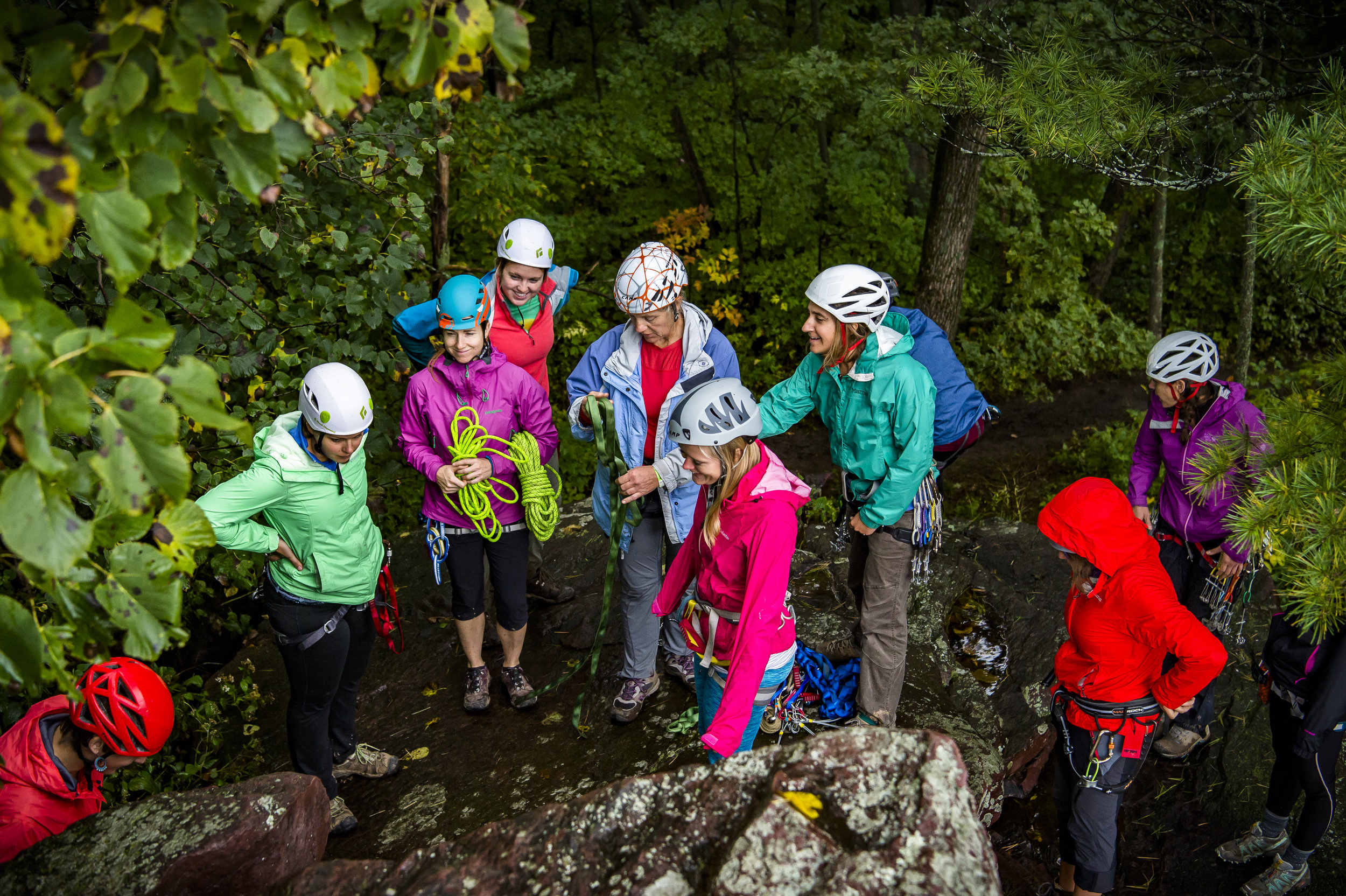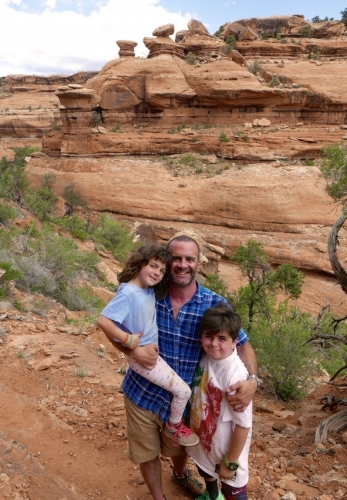Climbers and policymakers discuss the future of our public lands. Stephen Gosling photo.
On May 11th, 2017, the AAC and Access Fund joined forces in our nation’s capital to Climb the Hill to advocate for the protection of public lands, a robust outdoor recreation economy and adequate funding for land management agencies. With a team of 50 climbers—including Tommy Caldwell, Sasha DiGiulian, Alex Honnold, Kai Lightner and Libby Sauter—we dispersed throughout Capitol Hill to meet with members of Congress and leaders of the Department of Interior and the U.S. Forest Service. Over the course of the day, we attended 50 meetings on the Hill and with agency leaders.
Climbers showed up in force and found a responsive audience. Lawmakers were impressed by the unique perspectives of the climbing community. For example, Tommy Caldwell captured their attention when he began, “Fifty percent of my days are spent living and climbing on our public lands. Public lands matter to me because...” As climbers, we are experts on the value of public lands because we know them intimately and spend significant amounts of time on them.
Climb the Hill culminated with a Congressional Briefing to further provide members of Congress and staff from both sides of the aisle with a climber’s perspective. The briefing was packed, with standing room only. Speakers included Sasha DiGiulian, Tommy Caldwell, Alex Honnold and Senator Tim Kaine (former Vice Presidential candidate).
Climb the Hill was made possible by title sponsor Adidas and with contributions from The North Face and Brooklyn Boulders.
Alex Honnold speaks to the importance of public lands. Stephen Gosling photo.
What's at Stake
About 60 percent of all rock climbing areas in the US are located on federal public lands—lands which are held in trust for all Americans. However, right now, there are unprecedented threats to our public lands. Both state and federal lawmakers have introduced legislation to sell off millions of acres, weaken public management, underfund land management agencies, and increase land development at the cost of public access. These measures threaten climbing as well as the fundamental notion that our public lands belong to everyone. As climbers, we have a responsibility to speak up.
Some members of the lobbying team. Stephen Gosling photo.
How You Can Help
As climbing grows in popularity, climbers’ voices are an increasingly influential force for public policy issues. From now until May 26th, 2017, climbers are needed to speak up for Bears Ears National Monument, the first national monument to list climbing as a valued activity in its proclamation. Bears Ears contains world-class climbing, including Indian Creek, Lockhart Basin, Arch/Texas Canyon, Comb Ridge and Valley of the Gods. President Trump’s April 26th Executive Order on the review of national monuments lists Bears Ears National Monument as the first priority for review. We need your help to communicate to the administration that the Bears Ears National Monument has incredible significance to our community and must remain protected. As Libby Sauter said during Climb the Hill, policy is determined by those who show up. Please write letters, call, email and tweet at Secretary Zinke to ensure the administration knows how much Bears Ears means to us. For more information, check out the notice issued by the Department of the Interior.
You can:
Use the climbers’ letter writing tool.
Submit comments online at http://www.regulations.gov by entering “DOI-2017-0002” in the Search bar and clicking “Search.”
Send snail mail to: Monument Review, MS-1530, U.S. Department of the Interior, 1849 C Street NW., Washington, DC 20240. (use our postcard template)
Call the Department of the Interior with any questions: Randal Bowman, 202-208-1906.
Tweet at Secretary Ryan Zinke: @SecretaryZinke.
The lobbying group at the Capital. Stephen Gosling photo.
Looking Ahead
Climb the Hill made a strong impression on our lawmakers. AAC and AF will Climb the Hill together again next year and, in the meantime, we will continue to advocate for the protection of public lands and strive to make a lasting, positive impact.
P.S. Did you miss our live coverage from DC? Watch it here:



























